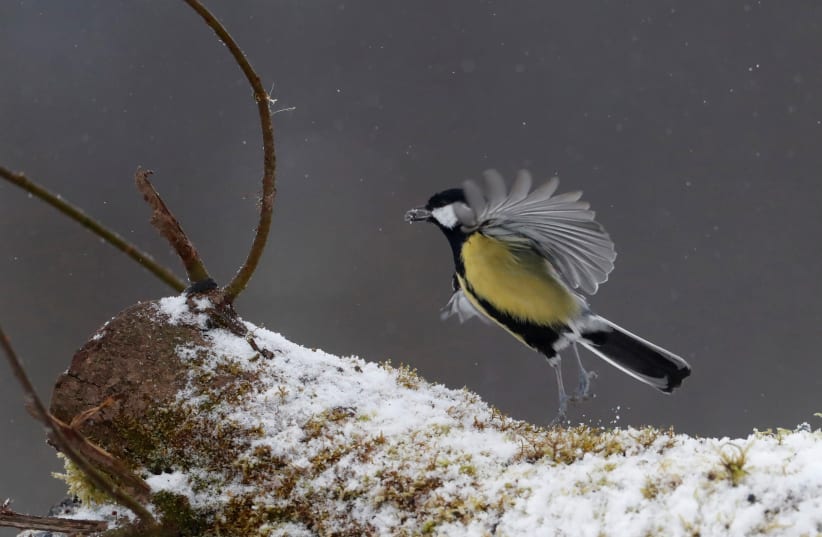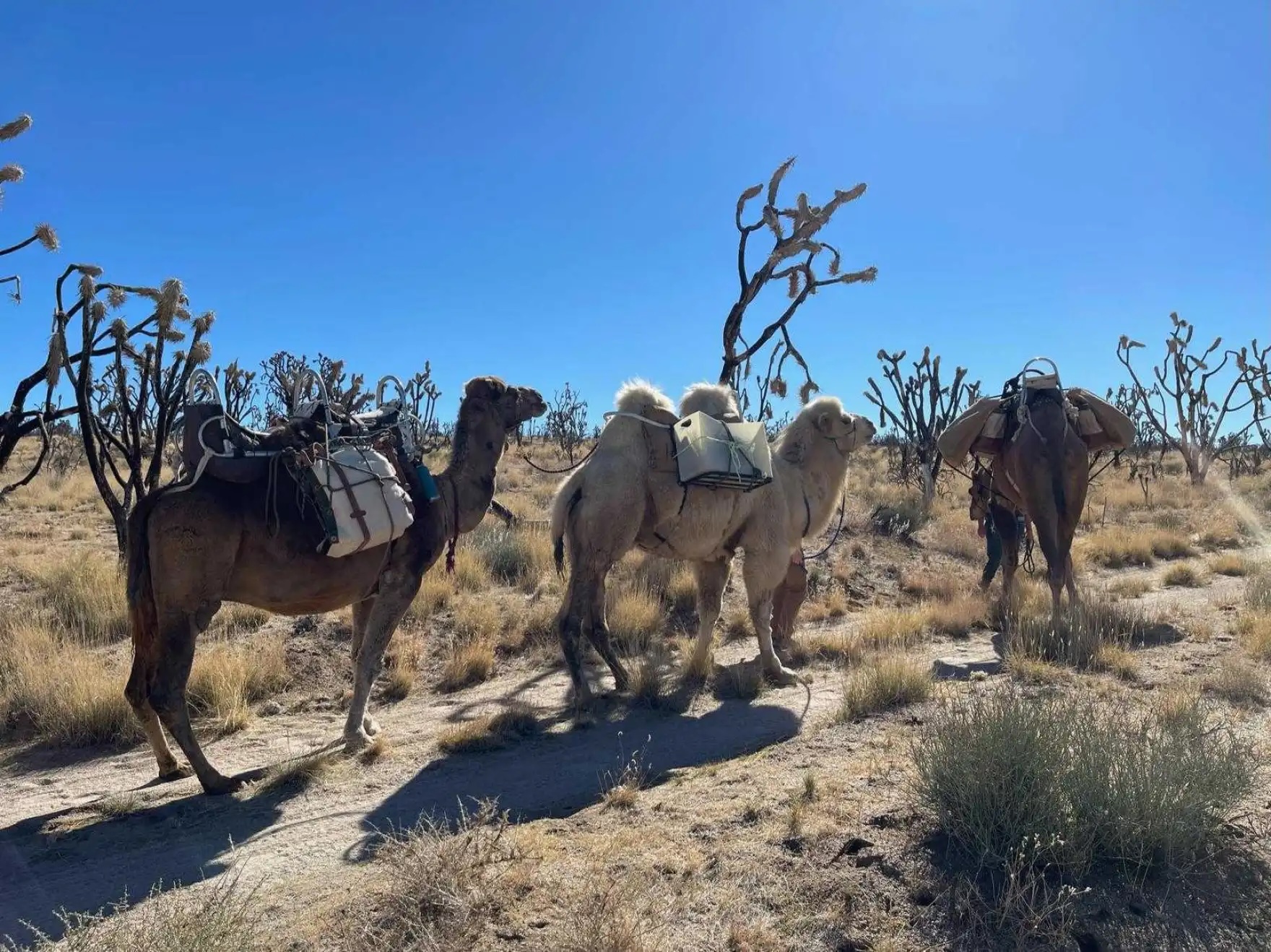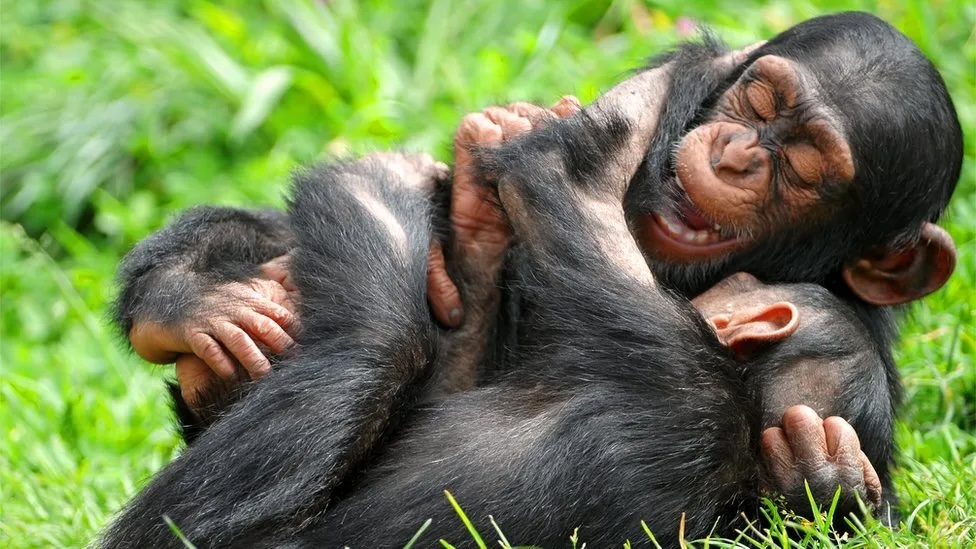
Culture
Muskegon Museum Gets $12M donation for Creation of Female Artist Wing
Muskegon, Michigan, appears to be a little island in a sea of blue. There is also the Muskegon Museum of Art, which sits on the riverside. It’s a medium-sized organization that was established in 1912 and has a collection of about 5,000 works of art.
Kirk Hallman, the museum’s director, avoids using grandiose language when discussing the museum’s goals. MMA, on the other hand, is in the midst of some major changes. A large contribution from Elaine Melotti Schmidt and Steven Alan Bennett, collectors located in San Antonio, will make it one of the country’s few permanent museum display spaces exclusively for female-identifying artists.
Gifts totaling $12 million comprise 150 artworks from 115 artists plus a cash portion of $1.5 million for the construction of an entirely new museum wing dedicated to the work of female artists.
Elaine de Kooning paintings, as well as Artemisia Gentileschi and Mary Cassett, are included in the collection of works that have been given to the museum. The Gentileschi, for example, will be on display year-round, as will other works from the collection, according to Hallman. Additionally, the gallery will hold unique exhibitions by female artists of all disciplines.
The gift comes at a time when the museum is undergoing a 26,000-square-foot expansion project, more than doubling its current size. In early 2024, the project is projected to be completed.
It appears that the awareness of females in the realm of art is increasing. This year’s Venice Biennale has made the initial feature of the majority of female artists, and there has been a wave of corrective retrospectives for both current and deceased women artists. In some cases, these are encouraging new research, identifying institutional knowledge gaps, and in others, boosting confidence in the commercial market possibilities.
Despite this, the art industry as a whole and museums in particular have a long way to go in achieving gender parity and equality. Since Linda Nochlin’s groundbreaking piece “Why Have There Been No Great Women Artists?” was published in ARTnews in 1971, art historian Maura Reilley has documented how little progress has been made in the museum representation of female artists over the decades.
Studies conducted in the last few years have yielded relatively modest results. In the archives of 18 major American museums, 87% of the artists were men.
Bennett and Schmidt claimed that this was the motivation behind their collection. Their collection of “figurative realism” artworks began in 2009. The masterpieces in their collection show that the couple’s concept of the genre is flexible, as some fragments, such as the de Kooning, simply suggest the female form.
Bennett Prize, an open-call, jury-judged competition for female painters of any age or skill level who are working in relative obscurity and whose artwork has auctioned for $25,000 or more but are not qualified, was launched by the Bennett Prize collectors in 2018. The victor gets $50,000 to put on a solo show, making it the greatest sum of money given to female artists in the history of the competition.
To begin, the winning show is presented at the MMA before being toured across the country. However, the museum is left to rely only on the integrity of its archive after each special display concludes and the people disperse.
It wasn’t until the initial covid-19 spike in 2020 that Bennett and Schmidt began to seriously consider giving any of their collection.
‘Morality was on my mind,'” Schmidt recalled afterwards. It became clear to us that the works needed a permanent home as we got older.”
Collectors are concerned about securing the collection they’ve worked so hard to build, according to Bennett.” Museums don’t aim to collect the idea of a single collector; they want to gather specific works. A lot of the modern works we had acquired addressed the gaps in Muskegon’s female artists when we began chatting with the city.
There were no “fussy” directors at the MMA and the Bennett Prize had been well-cared-for by the organization, according to Schmidt’s description of the MMA’s board of trustees.
Culture
South Africa Plans to Stop Lion Breeding for Hunts

South Africa announced its plan on Wednesday to gradually stop the breeding of lions for hunting. This decision aims to end the business that has been criticized for a long time. This business involves raising big cats so that rich hunters, who pay a lot of money, can hunt them. These hunters often take parts of the lions, like their heads or skins, as trophies to keep.
The South African government had already shown its desire to stop lion breeding for hunts in 2021. A special group has been working on this matter for two years. Environment Minister Barabara Creecy, during a news conference in Cape Town, said that this group suggested shutting down the industry. This includes stopping the breeding of lions, keeping them captive, or selling anything obtained from captive lions.
Lion breeders have two years to stop their activities voluntarily and find a different business to do before this new rule is enforced. Even though this plan has met with resistance from the industry, which makes a lot of money, the government approved it recently. However, it’s not yet an official law.
This step is taken as more people, especially in Western countries, are against trophy hunting. Efforts to stop trophy imports are gaining support in the United States, Australia, and some European countries. Kamalasen Chetty, who leads the special group, mentioned that the lion breeding industry is big and complicated. It has a long history but doesn’t fit with the latest international trends or changes in local conservation policies.
Animal rights organizations estimate that there are between 8,000 and 12,000 lions on around 350 farms in South Africa. These groups often criticize the way these animals are kept. In contrast, there are only about 3,500 wild lions, as reported by the Endangered Wildlife Trust, an organization based in South Africa.
Culture
Research Finds That Birds Can Be Polite

Did you know that birds can be polite, just like humans? Researchers have found that the Japanese tit, a small bird found in Japan, has a unique way of showing politeness through its wing gestures. This fascinating discovery gives us a glimpse into the complex world of bird communication.
At the University of Tokyo, Professor Toshitaka Suzuki and his team studied these birds and made some amazing discoveries. They noticed that when a pair of Japanese tits arrives at their nest box with food, they don’t rush in. Instead, they wait on nearby perches. What happens next is intriguing: one bird flutters its wings toward the other, as if to say, “After you.” This gesture is like holding the door open for someone, showing respect and care.
The Japanese tit, scientifically known as Parus minor, is not just any bird; it’s known for its intelligence and complex behaviors. Professor Suzuki, who has been studying these birds for over 17 years, found that they use specific calls and even combine these calls into phrases, much like how we form sentences. This shows how advanced their communication skills are.
In their study, published in the journal Current Biology, the researchers observed that these wing-fluttering gestures happened mainly between mates and were a clear sign for one to enter the nest before the other. Interestingly, it was usually the female that made the gesture, inviting the male to go first.
This behavior has led scientists to think about how gestures evolved in the animal kingdom. Just like humans developed gestures by using their hands more when they started walking on two legs, birds might have developed gestures by using their wings while perching.
The research on the Japanese tit is part of a larger effort to understand how animals communicate, not just with sounds but also with physical movements. This could help us learn more about how language and communication developed, even in humans.
So, the next time you see birds, think about the complex and polite ways they might be communicating right in front of your eyes!
Culture
Volunteers and Camels Team Up to Restore Mojave Desert’s Joshua Trees

The Mojave Desert, with its vast, arid landscape, is home to the iconic Joshua tree. These unique trees have a fascinating history, once coexisting with Giant Ground Sloths during the ice age and now relying on rodents for their slow dispersal. However, a devastating wildfire in 2020 burned a significant portion of the desert, including many Joshua trees, posing a challenge for their restoration.
“Joshua trees seeds don’t spread very quickly,” explained Debra Hughson, deputy superintendent at the Mojave National Preserve. “They don’t move very fast or they don’t move very far with just small mammals around.” Despite these challenges, scientists were determined to help the Joshua trees recover, especially in areas like Cima Dome, where their survival could be crucial in the face of climate change.
To accelerate the recovery process, Hughson and her colleagues decided to plant Joshua tree seedlings in a more spaced-out pattern in the Dome’s burn scar. This approach aimed to distribute seed sources and promote the recovery of the entire area. However, the rugged terrain made it difficult for volunteers to reach the designated planting spots, requiring hours of hiking.
To address this challenge, the team came up with a unique solution — using camels to transport the seedlings and water into the wilderness. “Prehistoric camels were in the Mojave Desert, and the camels came through in 1857,” explained one of the volunteers, highlighting the historical connection between camels and the region. The camels, led by Herbie, Sully, and Chico, have been instrumental in carrying out these restoration efforts since 2021.
“Our goal is to protect natural systems and natural ecosystems — all the plants, all the animals, but then some animals and some plants wind up being just a little bit more ‘charismatic’ than other ones,” said Hughson, emphasizing the importance of charismatic species like the Joshua tree in garnering support for conservation efforts.
Through the dedication of volunteers and the help of these remarkable camels, the Mojave Desert’s Joshua trees are slowly making a comeback, offering hope for their future in this challenging environment.
Culture
Apes’ Playful Teasing Behavior Mirrors Human Playfulness

Did you know that apes like to tease and prank each other, just like humans do? Researchers have found that chimpanzees, bonobos, gorillas, and orangutans engage in playful teasing behavior, such as poking, tickling, body slamming, hair pulling, and waving objects in front of faces. This behavior is usually one-sided, with one ape trying to get a reaction from another.
In a study published in the journal Proceedings of the Royal Society B Biological Sciences, researchers analyzed 75 hours of video footage of apes at the San Diego Zoo in California and the Leipzig Zoo in Germany. The apes studied were between the ages of 3 and 5. The researchers observed 284 instances of teasing behavior, with 129 meeting the criteria for playful and provocative behavior. They identified 18 different teasing behaviors.
Professor Erica Cartmill of UCLA, who led the study, said that teasers often waved or swung body parts or objects in front of the other ape, hit or poked them, stared closely at their face, disrupted their movements, pulled their hair, or performed other behaviors that were hard to ignore.
The researchers believe that playful teasing and joking may have evolved in human ancestors around 13 million years ago. This behavior has implications for the study of emotion, humor, and pretense, and the researchers hope that their study will inspire further research into playful teasing in other species to better understand its evolution.
Culture
Ancient Rainforest Rising: How 100,000 Trees Will Breathe Life Back into Devon

Imagine stepping into a world shrouded in mist, where towering trees, draped in green moss, reach towards the sun. Sunlight filters through the dense canopy, casting dappled patterns on the forest floor, alive with ferns, wildflowers, and scurrying creatures. This isn’t a scene from a fantasy novel; it’s the magic of a temperate rainforest, and soon, a piece of this ancient wonder will be reborn in Devon, UK.
Temperate rainforests aren’t like their tropical cousins. Found along the west coasts of continents in cooler climates, they’re like emerald jewels nestled between the ocean and rolling hills. They’re a treasure trove of biodiversity, bursting with unique plants and animals that have adapted to life in a world of constant drizzle and mild temperatures.
In the UK, these rainforests have a character all their own. Picture gnarled oaks and majestic ash trees, their branches intertwined like leafy arms. Underneath, carpets of mosses and ferns cushion the damp earth, while sunlight dances on the shimmering leaves of holly, hazel, and rowan. The air is alive with the buzz of insects, the flitting wings of butterflies, and the calls of birds like the evocative song thrush and the shy woodcock.
But these precious ecosystems are under threat. Centuries of land use have shrunk their footprints, leaving only scattered fragments of their former glory. Now, in a project to reclaim this lost magic, the National Trust is embarking on a grand mission: planting 100,000 trees across Devon.
From the rolling hills of Exmoor to the windswept cliffs of Woolacombe and Hartland, these saplings will breathe life back into the land. They’ll create new pockets of rainforest, stitch together existing fragments, and weave a vibrant tapestry of green across the landscape.
And it’s not just about beauty. These trees are nature’s silent heroes. They act as carbon sinks, trapping the harmful gas carbon dioxide in their leaves and wood, helping to combat climate change. They filter air and water, creating a haven for wildlife and providing a natural shield against soil erosion.
For the people of Devon, this project is a chance to reconnect with their natural heritage. It’s about creating spaces for quiet contemplation, for family adventures, and for rediscovering the magic of the ancient rainforests.
So, the next time you find yourself in Devon, keep your eyes peeled for a glimpse of this green revival. As the saplings rise towards the sun, they whisper a promise of a richer, wilder future, where nature reclaims its throne and the spirit of the ancient rainforest once again fills the air.
This is just the beginning. With more planting planned in the coming years, the future of Devon’s rainforests is looking brighter than ever. Let’s hope that this story inspires other communities to follow suit and work towards restoring and protecting these irreplaceable treasures of our planet.
-

 OMG6 years ago
OMG6 years agoA Couple Gave Birth to the Most Beautiful Twins Ever
-

 OMG6 years ago
OMG6 years ago20 Rare Historical Photos
-

 OMG6 years ago
OMG6 years agoHilarious Airport Photos
-

 Cute5 years ago
Cute5 years agoMom Refuses to Let Daughter Eat Sugar and Years Later This is What She Grows Into
-

 OMG5 years ago
OMG5 years agoTop Secret Air Force One Facts That You Never Knew
-
OMG5 years ago
The Funniest Yearbook Photos Of All Time
-

 OMG6 years ago
OMG6 years agoRetired Mathematician Restores Log Cabin
-

 OMG4 years ago
OMG4 years agoWhat Happened When This ‘Duck Dynasty’ Legend Chopped Off His Beard?